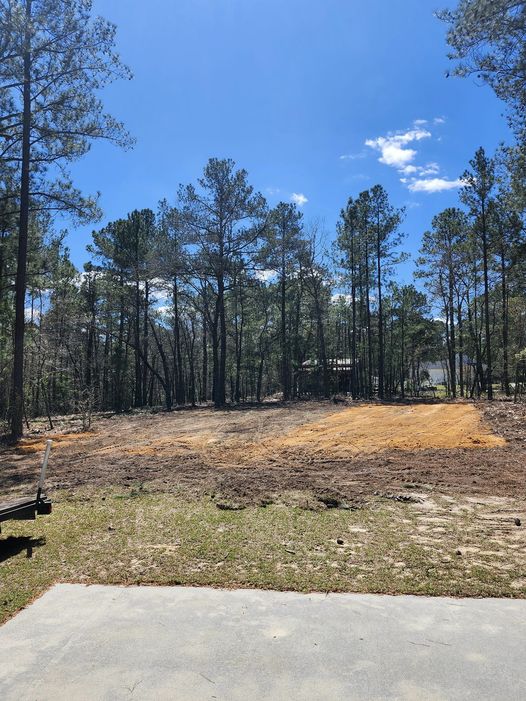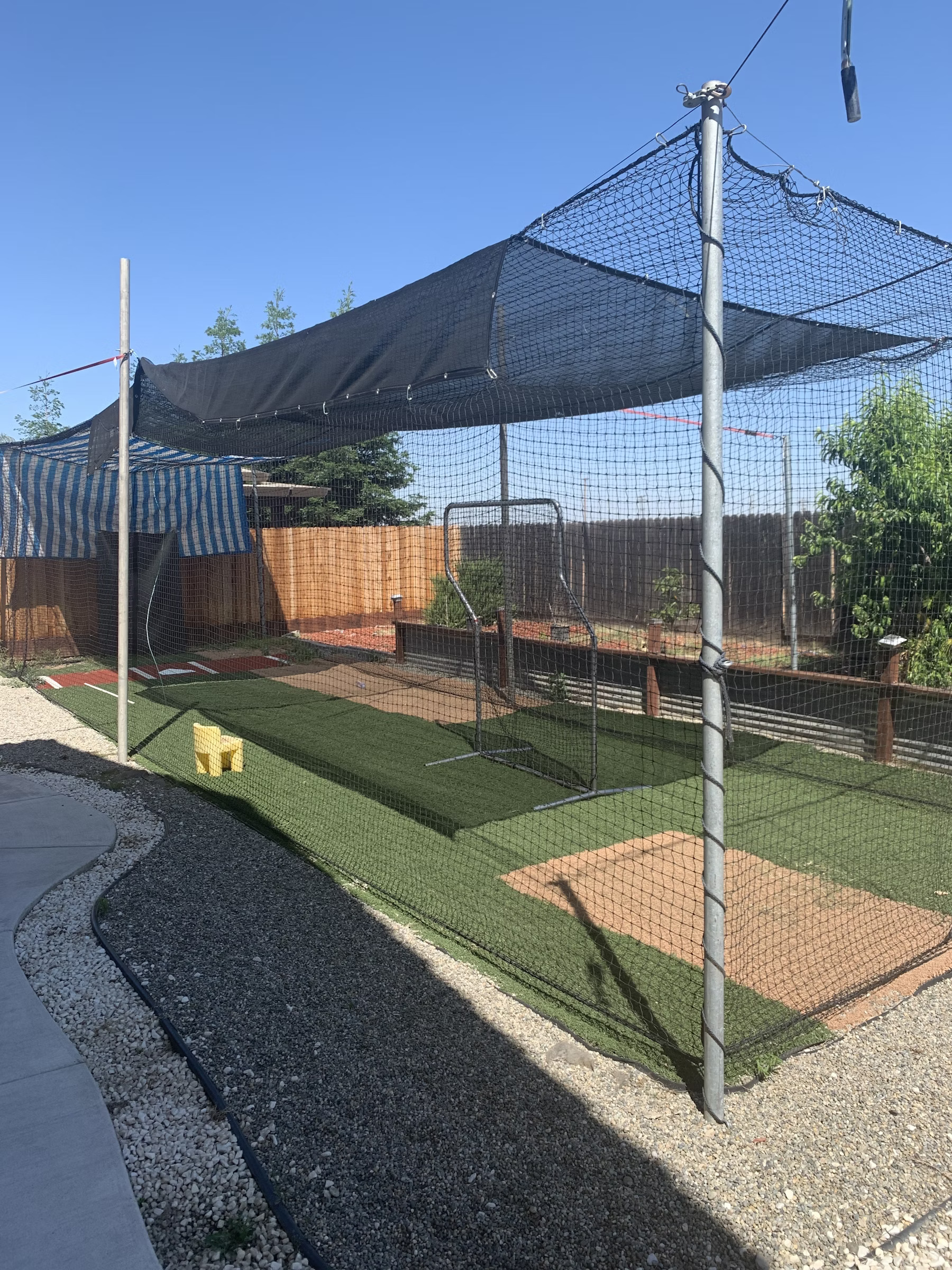7 Backyard Batting Cage Safety Tips Before You Build
Ready to turn your backyard into a baseball or softball training zone? Building a batting cage at home is a rewarding investment — but before you dive into construction, safety must come first.
In this guide, we’ll walk you through the most important batting cage safety precautions to keep your setup secure and player-friendly. Whether you’re building for your kids, team, or personal training, these seven tips will help ensure your cage is safe, durable, and ready for years of practice.
This post is brought to you by CageList — the online marketplace for renting and listing private batting cages. If you’re building a cage, why not earn extra income by making it available to others?
🛡️ 7 Must-Follow Batting Cage Safety Measures
1. Choose the Right Location
Start with a clear, flat area in your backyard that’s free from trees, fences, and overhead obstacles. Give plenty of buffer space around the cage to avoid accidents and allow full swing range.

2. Check Local Codes and Zoning Laws
Before you begin, check with your city or county to make sure your batting cage complies with local building codes. Regulations may affect the size, placement, and materials allowed for permanent backyard structures.
3. Use Quality, Weatherproof Materials
Investing in strong, outdoor-rated components is key. Choose sturdy frames, high-quality netting, and rust-resistant hardware to protect your cage from wind, rain, and wear.
We also recommend anchoring your frame properly to avoid tipping or collapse during use.
4. Anchor the Frame Securely
Whether you’re using in-ground stakes or concrete footers, securing the frame is one of the most critical steps. Add support crossbars for extra rigidity — especially in windy areas.

5. Add Protective Padding
Reduce injury risks by wrapping support poles and frame corners with foam or rubber padding. This is especially important for cages used by young players or in tight spaces where collisions are more likely.
6. Establish Clear Safety Rules
Set rules for gear (helmets, gloves, cleats) and safe conduct inside the cage. Post them visibly nearby and review them regularly with kids, guests, or teammates.
7. Inspect and Maintain Regularly
Perform monthly safety checks. Look for sagging netting, loose bolts, or signs of weather damage. Replace worn parts promptly to extend the life and safety of your batting cage.
📌 Final Thoughts
Building a backyard batting cage is a fantastic way to elevate your training. By taking time to plan carefully and follow these seven essential safety tips, you’ll create a secure, fun, and durable environment for years of use.
And remember: the better built and maintained your cage is, the more valuable it becomes — especially if you plan to list it on CageList and open it up for others to rent.
✅ Have a backyard cage already?
🧠 Learn More from the Community
Want inspiration from other cage owners? Join our Backyard Batting Cages Facebook group and browse dozens of helpful articles on the CageList blog.
From safety tips to full construction guides, we’ve got everything you need to build, upgrade, and share your batting cage the right way.
